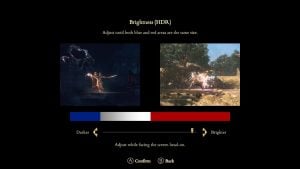Similar to the Wii U and Switch 1 launches before it, the Nintendo Switch 2’s launch lineup is home to a number of belated ports from third-party companies. While many of these aren’t as old as titles that headed to the former consoles, there is nary a “new” game in the Switch 2’s launch window. The only truly new experience is Mario Kart World, which while a quality game, is kind of shocking. Nintendo has enough confidence in the console, itself, to hold it over until Donkey Kong Bananza releases, I guess. For anything else, you’ll need to look to third-parties.
That’s where Capcom comes in. Right there on launch day alongside Mario Kart World was Street Fighter 6: Fighter’s Edition and the overlooked Kunitsu-Gami: Path of the Goddess. We’ll be discussing the latter today. Released in 2024 as a new IP with a distinctly Japanese style, Kunitsu-Gami is an interesting blend of real-time action gameplay with tower defense mechanics. Players control a character named Soh as they hold off waves of yokai, here called Seethe, from attacking the titular goddess. To aide them in combat, they will recruit villagers from the local provinces and assign them different roles. While not the deepest of combat systems, Kunitsu-Gami’s charm comes from its strategic elements and its beautiful aesthetic that borrows heavily from Ōkami.
Over the last week and some change, I’ve dug through Kunitsu-Gami’s Switch 2 port and have come away mildly impressed. I played the game last year on PC (and even did a review on my personal YouTube channel), so I’ll skip over my elongated thoughts. To sum it up briefly, I like what Capcom was going for here, but I do feel that the general design gets repetitive by the end. Hiding the true ending behind a full second playthrough is also a bit annoying, though you do get to keep all of your unlocks to help blast through the game.
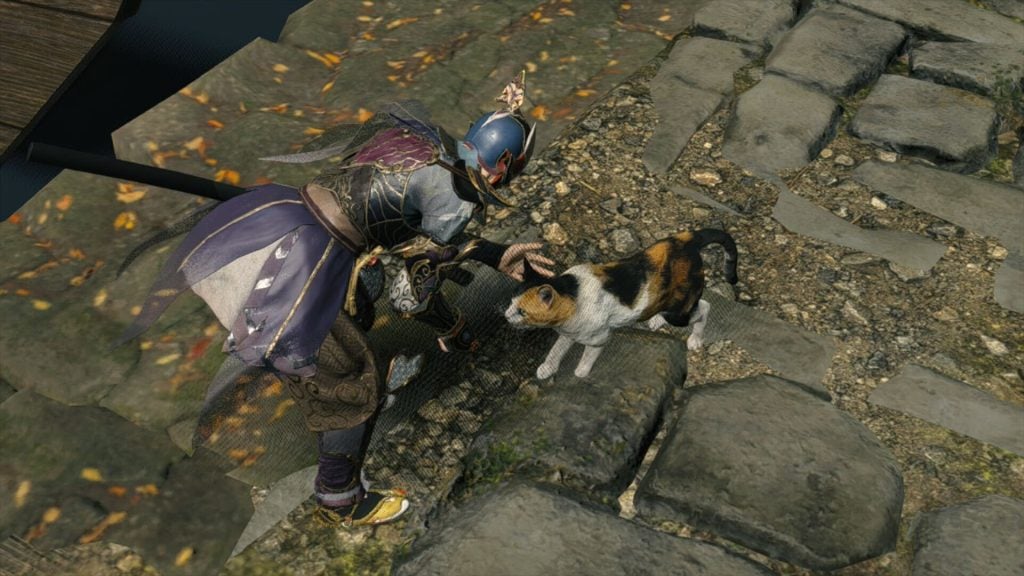
When compared against that PC experience, Kunitsu-Gami on Switch 2 obviously falls short. The Switch 2 is an impressive bit of kit for its price and size, but this is not a console that is outputting cutting edge 4K graphics or anything. When hooked up to my OLED display, Kunitsu-Gami looks rather blurry. It’s fine enough, don’t get me wrong, but compared to the PC version’s ultra crisp image quality and ray-traced reflections and shadows, the Switch 2 port looks like the last-gen version -Kunitsu-Gami was released on PS4 and Xbox One in addition to PC, PS5, and Xbox Series X|S. I can’t quite tell if DLSS upscaling is being utilized or not, but you wouldn’t confuse this port for being on a next-gen platform.
That hit to image quality at least results in decent performance, all things considered. I don’t have raw numbers, but Kunitsu-Gami seems to hover around 40-ish fps in general play. There are moments when it can get to 60 fps as Capcom opted for an uncapped frame rate, but it’s definitely a rare occurrence. Interestingly, playing in docked mode allows you to opt for a 21:9 ultrawide screen presentation and that seems to help the performance quite a bit. In this mode, the game gets closer to 60 fps more frequently and if you have a larger screen, it doesn’t even look all that jarring. I’m guessing the reason is that the game actually cuts the resolution down instead of outputting in true 21:9, which the Switch 2 isn’t capable of.
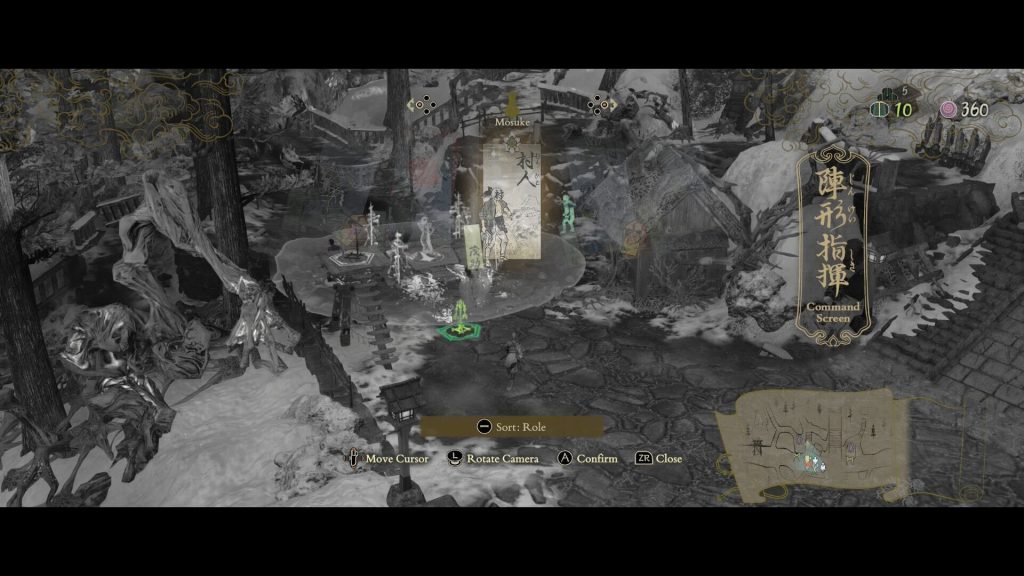
Getting back to performance, the game can feel a bit choppy in docked play. Since Nintendo has not enabled VRR for its new console in docked mode, you’ll see some screen tearing and really feel the hit to frame rate when it happens. In handheld mode, though, Kunitsu-Gami feels much better as the Switch 2’s display can utilize VRR to smooth out image quality. In general, the game doesn’t run any better, but the controls are more responsive thanks to the implementation of VRR. I don’t believe that Capcom has opted to utilize 120 hz playback for LFC, or low framerate compensation, but just having VRR helps. You just have to put up with the general blurriness of the Switch 2 display.
What I did think was very interesting is that in docked play, you have some options in the menu for tweaking the presentation a bit. If you want, you can turn off motion blur and depth-of-field effects when playing on a big screen. In handheld mode, these are off with no option to reenable them, but it does help the smallest bit to turn them off when playing on your TV. It’s an interesting toggle, nonetheless, and I do wonder if more Switch 2 ports will see similar graphical options going forward.
Now, my biggest complaint with Kunitsu-Gami’s Switch 2 port comes from its implementation of HDR. Capcom doesn’t have the best track record with HDR on its proprietary RE Engine, but past games on PC have had some incredible results. Monster Hunter Rise looks outstanding, for example, and Resident Evil Village had excellent contrast between light and dark. On PC, Kunitsu-Gami used HDR output to elevate its color depth and provide visuals that felt like they were popping off the screen. It’s really a sight to behold when you have the game’s visual settings maxed out on a big display. For Switch 2, though, something has gone horribly wrong with the configuration menu.
I was able to dial in some settings that look quite good, but if you follow the text laid out before you, Kunitsu-Gami winds up appearing dark and faded. I’m not sure if this is down to a system level setting or not. Nintendo’s own options for dialing in HDR for your display are frankly too basic and unhelpful, though you can find YouTube videos that explain where you should put the sliders. I have mine set correctly, and it still resulted in Kunitsu-Gami looking drab and flat. What I did was load up some of the HDR footage I took from the PC version and then tried to tweak the sliders on Switch 2 to get close. It doesn’t quite match, but if you set the Max Brightness setting somewhere near the middle and then dial the Overall Brightness setting more to the right, you can get close enough. I’ll provide screengrabs for the settings I used with handheld play in this article. These also looked good on my OLED TV, though you can get it even better with more fiddling.
As for what this port gets right, the implementation of mouse controls is actually well done. While you can opt to use the right Joy-Con as full-on camera control, I didn’t feel it worked with how Kunitsu-Gami’s camera functions. The action doesn’t play out in a manner that requires you to constantly be manipulating the viewpoint and having such fine control is awkward, at best. Still, it’s neat to have as an option. Where the mouse controls come in great is with placing units, and while you’d probably think it’s annoying as hell to have to toggle the option on and off, Capcom actually thought of that.
With a flick of your wrist, you can seamlessly swap between traditional gamepad controls and mouse controls. There are two preset configurations available, one which puts attack buttons on the R and ZR buttons, though the menu allows you to fully rebind everything. With this, I would play through stages in an ordinary manner, then when placing my units just flip the controller and point them exactly where I wanted. I’m shocked it never messed up on me and didn’t even require calibration each time I swapped back and forth.
That sort of functionality is technically possible on the PC port, but you then have to either stick with a keyboard for movement or have something like a PlayStation Move wand synced to get joystick controls back. It’s not exactly convenient to swap between a traditional gamepad and a mouse on PC, even if I have done that before. With the small size of split Joy-Con play, it feels super natural and makes me wonder how first-person shooters will handle on the system.
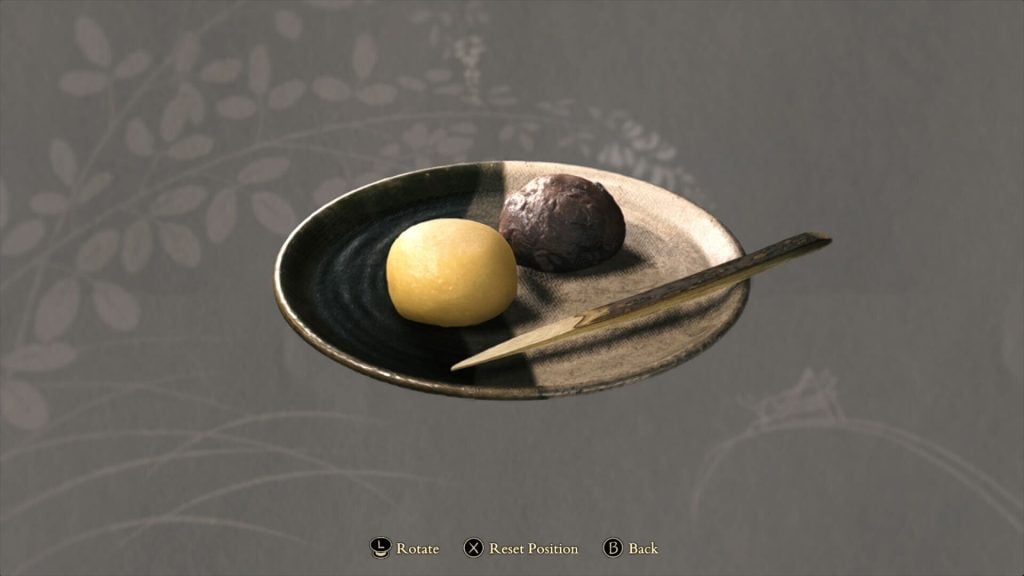
As for anything else this Switch 2 edition brings to the table, it’s really just the same innovations that the original Switch had for changing gaming. Since you can swap between portable and docked play on a dime, Kunitsu-Gami’s more bite-sized and mission-based structure feel like a perfect fit for the platform. I had to help my mom and sister with some doctor’s appointments when playing through this and I simply took my Switch 2 with me while sitting in the office. You can still use mouse controls in portable play if you want, though I wasn’t going to be sliding the Joy-Con around my pants in public. That’s a practice I reserve for alone time.
The additional content added to Kunitsu-Gami for the Switch 2 launch (which is also available on every other platform) is the last point I’d like to discuss. Called “Otherworldly Venture,” you will need to finish the main story once to unlock it, but it offers an endlessly repeatable set of scenarios for you to play through. Available with different difficulty options, of which Hard is the only truly unlimited one, you could almost call this a roguelike mode in that upgrades and unlockables are doled out at the end of each round. You can spend crystals to instantly repair blockades or structures in the map and even utilize them for immediate unlocks from a shrine. The maps are simply the same ones from the campaign shuffled around at random and the enemies you encounter will ramp up in difficulty the longer you survive.
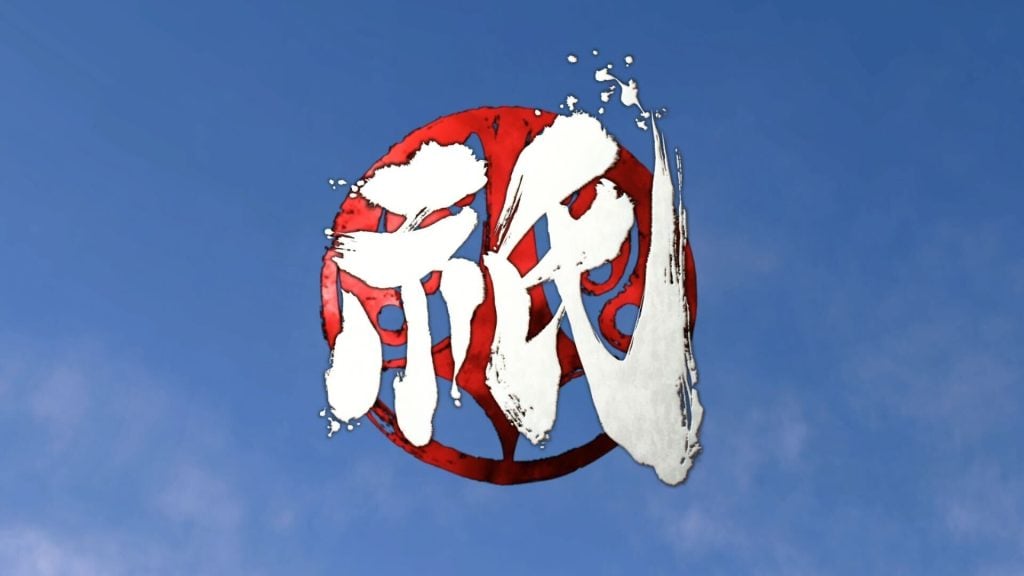
I think it’s a fun little mode, but it’s not a substantial addition or something truly game changing. It would have been appreciated at launch because playing through the game a second time just to get a different final boss is aggravating. I get that Capcom likely threw that in as a reference to Ghosts N’ Goblins, but it also highlights how Kunitsu-Gami doesn’t have a staggering amount of content. I do quite like how the game flows and I think a single playthrough is actually pretty well paced, but there is definitely more that could be done with the action/tower defense hybrid format. “Otherworldly Venture” at least gives you something else, which drops all story pretense and just goes for straight action.
All things considered, the Switch 2 edition of Kunitsu-Gami: Path of the Goddess is a pretty solid way to experience the game. While it is certainly better than the last-generation iterations, you’re not going to suddenly confuse this port for being on PS5. Capcom did what it could with the limitations of Nintendo’s hardware and while Street Fighter 6 seems to have come out better, Kunitsu-Gami is fine enough. I do think a 30 fps toggle should be implemented for docked play, but otherwise I would recommend this version if you value portable play. From what I can find, this runs better than the game on Steam Deck, though Valve is bound to have better hardware in the near future. You can also lower the overall visual fidelity to get even better performance now, which is not possible on Switch 2. Just beware that the retail edition is a game-key card, so it will require a download.
Leave a Comment



